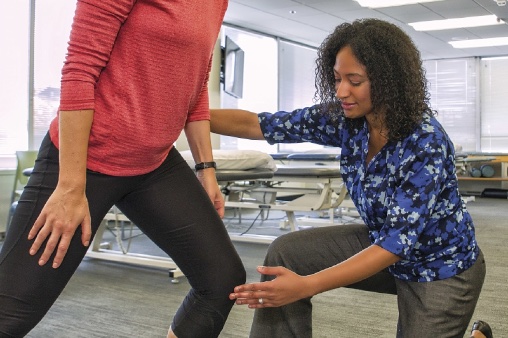A recent study suggests that practicing Tai Ji Quan (TJQ), a Chinese mind-body therapy (MBT) exercise, also called Tai Chi, supports the technique as positive strategy to reduce fibromyalgia symptoms.
The study,”Efficacy of Rehabilitation with Tai Ji Quan in an Italian Cohort of Patients with Fibromyalgia Syndrome,” published in Complementary Therapies in Clinical Practice, regards the exercise as a “multicomponent intervention, integrating physical, psychosocial, emotional, spiritual, and behavioral elements and promoting the mind-body interaction”.
Drug therapies for fibromyalgia are often ineffective and may cause abuse and dependence. But lately, adapted physical activity and relaxation techniques, in combination with cognitive behavioral therapies and MBTs, are increasingly considered as positive options for non-pharmacological interventions that lessen the impact of chronic pain diseases.
Previous research showed that practicing Tai Ji Quan benefits fibromyalgia patients by improving measurable effects of chronic pain disease such as level of disability, quality of life, sleep, pain levels, psychological distress, and functional mobility and capacity.
“[TJQ] combines meditation with many fundamental postures flowing imperceptibly and smoothly from one to the other through slow, gentle, graceful movements as well as deep diaphragmatic breathing and relaxation, with the aim to move “qi” (vital energy) throughout the body,” the authors wrote in the study.
During the 16-week study, 44 fibromyalgia patients from Italy were randomly divided into two groups; the experimental group (22 patients), who practiced Tai Chi twice a week, and the control group (22 patients) who were treated with an educational program about fibromyalgia twice a week.
In the experimental group, each lesson lasted one hour and was divided into three stages. Stage 1 (15 minutes) was dedicated to the combination of postural and breathing exercises to increase muscle relaxation; stage 2 (15 minutes) included exercises to improve greater control of posture, breathing and concentration with movements of very low impact; and stage 3 (30 minutes) included the practice of a form of TJQ that allowed the patient to move in precise coordinated movements. The exercises were adapted to each patient’s needs and ability. Patients were also given a DVD with 15-minute exercise instructions to perform at home twice per day.
The control group participated in educational sessions about FMS, symptom management, and coping with the disease.
According to the study, patients after Tai Chi treatment showed significant improvements in quality of life, fatigue and disability, pain and tenderness. Sleep quality and anxiety were also improved.
Another important result: fibromyalgia patients who typically dislike rehabilitative programs due to chronic pain, experienced a high tolerability to the physical movement. The authors attributed the success of the program to the postures and low impact movements of Tai Chi, and to the “controlled breathing and movements leading to restful state and mental tranquility.” Pain thresholds were likely raised in the process, which helped break the cycle of movement pain.
Future studies are now expected to confirm the findings in larger groups of FMS patients. The authors recommend that future studies include standardized exercise protocols with adequate follow-up periods, and that the training be guided by an expert physiotherapist.

